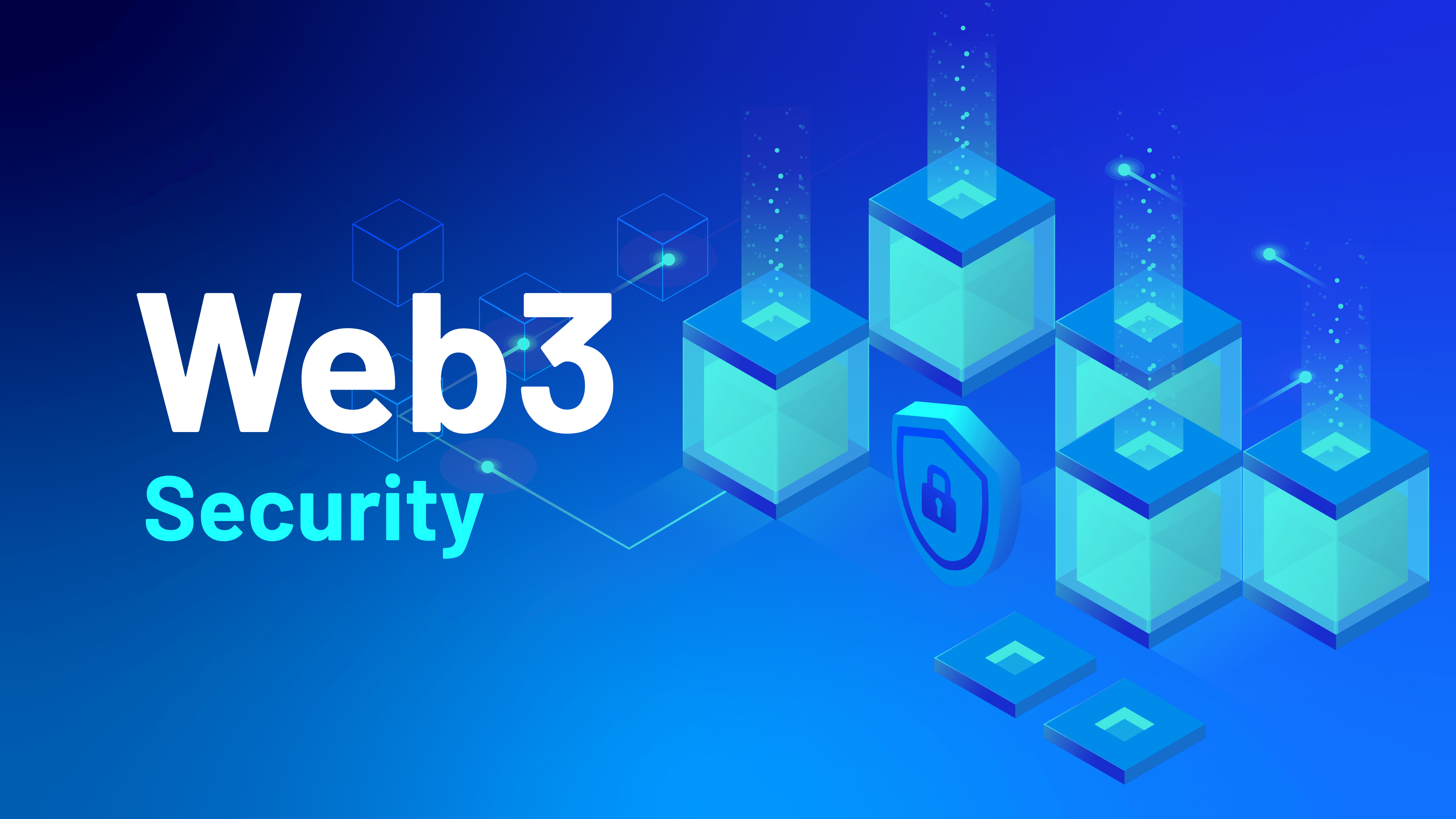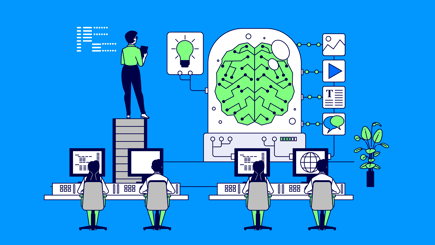
7 Different Staffing Models: Finding the Right Fit for Your Needs
In the technology industry, staffing is a critical task for organizations seeking to attract the best tech talent. However, no single type of staffing model fits all situations and needs. Each organization must choose the type of staffing that best aligns with its vision, considering factors like available budget, time constraints, project scope, complexity, and availability of specialized skills.
When making strategic decisions, the right staffing model is essential to project success and continued organizational progress. In this article, we'll discuss the different technology staffing models, the benefits of each option, and the types of projects for which each is best suited so you can make informed decisions that will drive your technology and business growth.
Looking for highly skilled IT professionals? Read on to learn how Acid Labs can be your strategic partner for your technology staffing needs.
Seven types of staffing models
Choosing the type of staffing model is a strategic decision that must be made carefully. Each option has its benefits and challenges, and the best alternative for your organization will depend on your specific needs. The following is an in-depth look at the different types of staffing models.
1. Full-time employees
Full-time employees represent the traditional method of staffing. This model consists of hiring IT professionals as full-time employees for an indefinite period.
This type of hiring establishes a long-term commitment between the organization and the professional, including a fixed salary and other employment benefits. In this context, the advantages of direct hiring are:
- Full integration: Full-time employees are deeply integrated into the organization, actively participating in its culture and processes. This integration fosters closer collaboration and a deeper understanding of the organization's goals and values.
- Lasting commitment: Full-time professionals tend to be more committed to the organization over the long term. This sustained commitment contributes to team stability and fosters a work environment in which professionals feel an integral part of the organization's vision and mission.
- Ongoing professional development: Direct hiring allows for a proactive approach to employee professional development. The company can provide opportunities for training, mentoring, and growth, encouraging continuous improvement in the skills and abilities of the IT staff.
Direct hiring is particularly suitable for projects that require continuity, stability, and loyalty. It is recommended in situations where the company wants to maintain a solid and committed team over time. Long-term projects such as product development, technology solution implementation, or any initiative that requires a sustained commitment benefit from full-time direct hiring.
2. Temporary hiring
Temporary hiring involves incorporating professionals for a specific period, typically 6 to 12 months. This approach gives organizations the flexibility to meet one-time or urgent IT staffing needs. It also provides an opportunity to evaluate a professional's performance before considering a direct hire.
Hiring contractors can significantly improve IT projects. Some of the benefits of this staffing model include:
- Bringing in fresh perspectives: Hiring temporary employees brings new approaches to the team, enriching the skills and experience of the project. This can encourage innovation and creative problem-solving.
- Access to specific skills: Hiring contractors gives companies access to highly specialized professionals with specific skills that are critical to certain projects.
- Project management flexibility: Temporary hiring allows companies to scale up or down their workforce based on specific needs.
This staffing model is ideal for projects that require flexibility and agility. Hiring contractors is perfect for meeting specific needs and evaluating the performance of professionals before hiring directly.
3. Staff Augmentation
Staff augmentation, also known as IT Staffing, is a dynamic strategy for meeting the changing needs of IT projects. This approach involves bringing in highly skilled external professionals temporarily to complement the internal IT team and augment existing resources.
Staff augmentation does not delegate the management or execution of IT functions or processes but rather relies on collaboration between internal and external staff. The benefits of this staffing model are:
- Flexibility and adaptability: IT staffing allows for the rapid integration of specialized professionals without the need for significant investment, which optimizes business operations. In addition, the size and composition of the team can be adapted to the project needs without any loss of quality or delivery time.
- Strategic talent selection: Rapid candidate selection means an agile ability to fill critical positions with highly skilled professionals, ensuring precise alignment with project or business needs. It also provides access to a broader and more diverse talent pool, without the constraints of geographic location or working hours.
- Retain knowledge and intellectual property: Bringing in specialized professionals helps reduce employee turnover, which promotes team continuity and cohesion. In addition, keeping the management and execution of IT functions or processes in-house avoids the loss of knowledge and intellectual property that can occur when they are outsourced.
Staff augmentation is particularly useful for projects requiring specialized skills and expertise that are not available in-house for a limited time.
4. Freelance
Freelance work refers to incorporating IT professionals who offer their services independently, without a fixed employment relationship with a company. Freelancers manage their own projects, clients, schedules, and rates.
The benefits of hiring freelancers include:
- Diversity of talent: By hiring freelancers, companies can access a wide range of skills and expertise, as these professionals have often worked on a variety of projects and contexts.
- Innovation: The independent nature of freelance work fosters innovation and creativity, as these professionals bring fresh perspectives and unique solutions to projects.
Hiring freelancers is a valuable option for projects that require creativity, innovation, and a personal perspective.
5. Fractional work
Fractional work represents a new era in technology staffing. It refers to the incorporation of highly specialized professionals, also known as fractional experts or fractional advisors, who choose to dedicate a "fraction" of their time and resources to specific projects.
This approach has become particularly relevant in the context of remote work, providing companies with the flexibility to leverage specialized talent efficiently and quickly adapt to changing market demands.
The growing popularity of fractional work is due to the many benefits it offers companies, including:
- Uncompromised flexibility: It makes it easier for companies to access experts without full-time commitments and adapt to changing project needs without the rigidity associated with traditional hiring.
- Measurable impact: The contribution of fractional experts is measured in terms of value, impact, and tangible results, moving away from traditional measurement based solely on time spent on the project.
- Strategic leadership: These specialized professionals not only provide knowledge but can also play key roles in advising and executing strategic initiatives that drive project progress.
- Cost savings: Fractional work is a more cost-effective alternative to direct hiring. By eliminating benefits and the need for intensive supervision, companies can achieve significant financial efficiencies.
This staffing model is a powerful option for projects that require strategic leadership, need to be completed quickly, and require specific skills in a flexible manner.
6. Consultation
Technology consultants are specialized professionals who offer their knowledge and expertise to help organizations solve problems, improve processes, or implement specific solutions. Technology consulting involves collaboration on a project basis, with consultants being paid by hour or based on deliverables.
Benefits associated with hiring consultants include:
- Specialized expertise: Consultants typically have extensive experience in a specific area, giving companies access to in-depth, up-to-date knowledge.
- Focus on specific projects: Hiring consultants works well for targeted projects because these professionals focus on concrete goals and provide tailored solutions.
- External and unbiased perspective: The external perspective of consultants brings objectivity and freshness to projects, allowing problems to be identified and addressed from an unbiased perspective.
- Best practices and methodologies: Consultants apply industry best practices and methodologies, giving organizations access to proven and effective approaches.
Hiring consultants is a strategic option for projects that require analysis, advice, and quality.
7. IT Outsourcing
IT outsourcing is a staffing model in which the management and execution of IT functions, processes, or projects are delegated to an external provider. This model allows organizations to focus on their core activities while the external provider is responsible for providing the necessary human, technical, and financial resources.
Unlike staff augmentation, IT outsourcing does not involve integrating external personnel into the internal team but is based on the trust and quality control of the external provider. The benefits associated with this model include:
- Access to advanced expertise: Organizations can benefit from advanced expertise and the latest IT trends without having to develop these skills internally. They can also leverage the external provider's infrastructure and technology without having to invest in maintenance and upgrades.
- Focus on core competencies: By outsourcing IT functions, organizations can focus on their core competencies and delegate specialized tasks to external experts. This allows them to optimize their resources and improve their productivity and competitiveness in the marketplace.
- Shared risk management: Risk management responsibilities are shared with the external provider, which can help mitigate operational and financial risks to the organization. Outsourcing IT functions can also reduce the costs associated with hiring, training, salary, and benefits of IT staff.
IT outsourcing is a strategic option for projects that require optimization and competitiveness.
Ready to transform your IT team?
Choosing the correct staffing model is a strategic decision that directly impacts the success and efficiency of technology projects. Each approach, from full-time hiring to IT outsourcing, offers specific benefits tailored to different business needs and contexts.
As a strategic technology partner, Acid Labs provides comprehensive solutions for building and strengthening IT teams. With over 16 years of experience, Acid Labs is committed to helping you find the perfect talent for your projects in areas such as software development, data strategy and analytics, cloud, quality assurance, and infrastructure. Contact us today to ensure the success of your technology initiatives!
Publication date: December 21, 2023.





